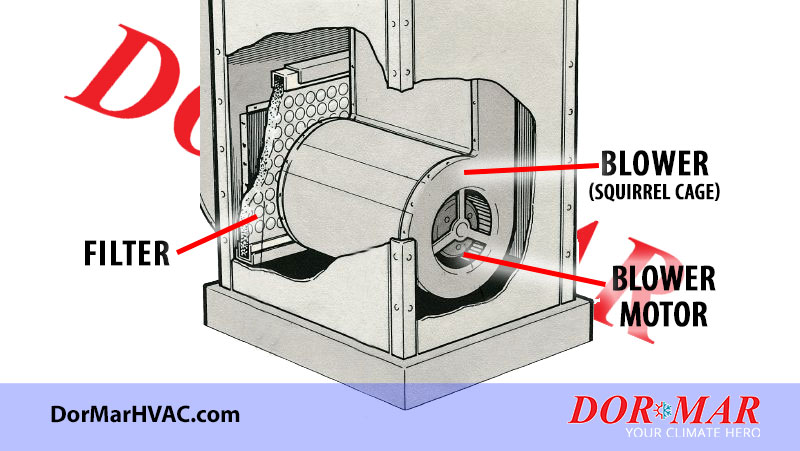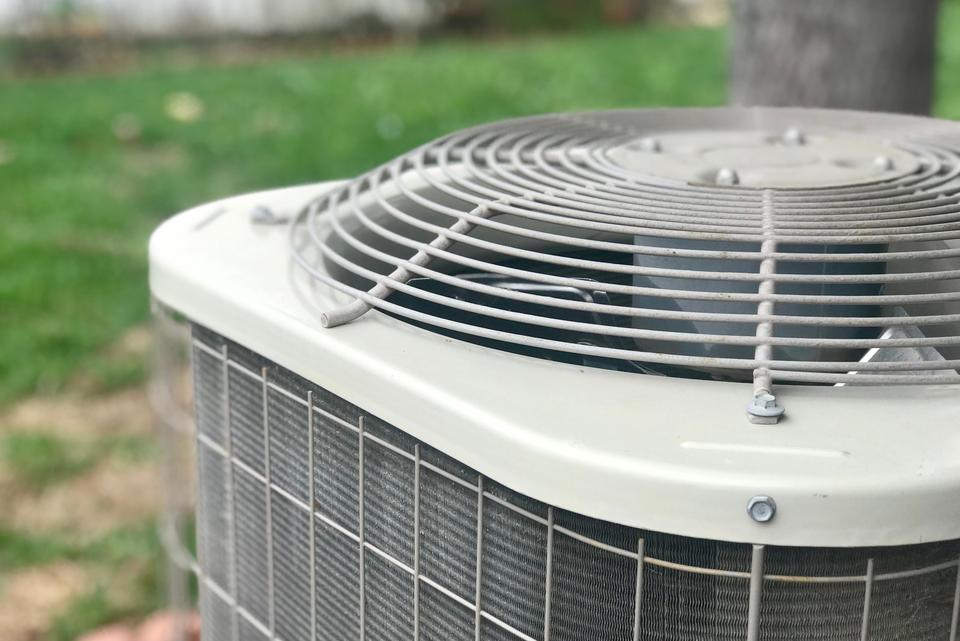
When the summer heat hits, your air conditioner is your best friend. But what happens when it's not blowing cold air like it should? One common culprit is a faulty blower motor. This crucial component plays a vital role in circulating air throughout your home, ensuring you stay comfortable. Let's delve into what a blower motor is, how it works, and what you need to know about keeping it in top shape.
What is a Blower Motor?
The blower motor is the heart of your air conditioner's air circulation system. It's essentially an electric motor that powers a fan, known as the blower wheel. This fan is responsible for pushing air through the air conditioner's evaporator coil, where it's cooled, and then distributing that cool air through your home's ductwork.
Think of it like this: your air conditioner is a team, and the blower motor is the quarterback. It directs the flow of cool air to where it needs to go. Without a functioning blower motor, your air conditioner might cool the air, but it won't get to you!
How Does a Blower Motor Work?
Here's a simplified breakdown of how a blower motor operates:
- Electrical Power: The blower motor receives electrical power from your home's electrical system.
- Motor Activation: When your thermostat calls for cooling, the blower motor is activated.
- Fan Rotation: The motor spins the blower wheel, creating airflow.
- Air Circulation: The spinning blower wheel pulls air across the evaporator coil, where it's cooled by the refrigerant.
- Distribution: The cooled air is then pushed through your ductwork and into your rooms.

Signs of a Failing Blower Motor
Recognizing the signs of a failing blower motor can save you from a complete air conditioning breakdown. Here are some common indicators:
- Weak Airflow: If you notice a significant decrease in airflow from your vents, it could be a sign that the blower motor is struggling.
- No Airflow: In some cases, a failing blower motor may result in no airflow at all.
- Unusual Noises: Strange noises, such as squealing, grinding, or rattling, coming from your air handler can indicate a problem with the blower motor.
- Overheating: A hot blower motor can be a sign that it’s working too hard or is failing.
- Intermittent Operation: if your blower motor works sometimes, and other times does not, that is a sign of a failing motor.

Types of Blower Motors
There are different types of blower motors used in air conditioners, each with its own characteristics:
- PSC Motors (Permanent Split Capacitor): These are the most common type and are known for their reliability and affordability.
- ECM Motors (Electronically Commutated Motors): These are more energy-efficient and offer variable speeds, allowing for better airflow control.

Maintenance and Replacement
Regular maintenance can help prolong the life of your blower motor. Here are some tips:
- Regularly Replace Air Filters: Dirty filters can restrict airflow, causing the blower motor to work harder.
- Professional Maintenance: Schedule regular maintenance checks with a qualified HVAC technician.
- Replacement: If your blower motor is failing, it's essential to replace it with a compatible model. A professional HVAC technician can help you choose the right replacement and install it correctly.
In conclusion, the blower motor is a critical component of your air conditioning system. By understanding its function and recognizing the signs of failure, you can ensure your home stays cool and comfortable all summer long. If you suspect a problem with your blower motor, don't hesitate to contact a qualified HVAC professional for assistance.
No comments:
Post a Comment
Note: Only a member of this blog may post a comment.